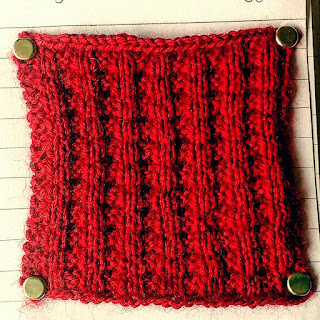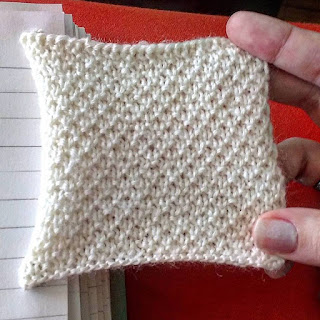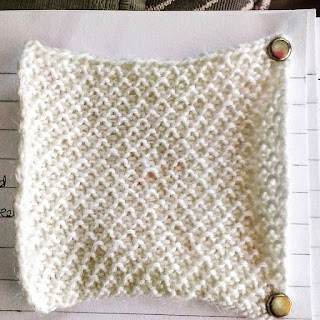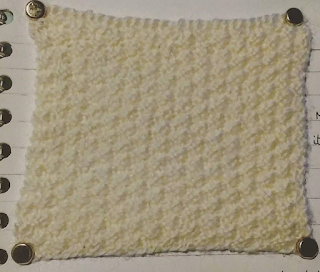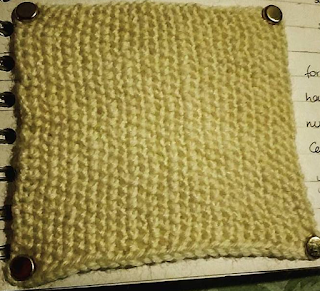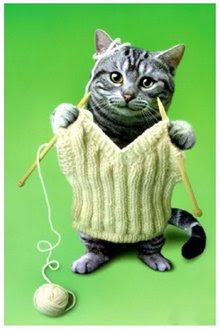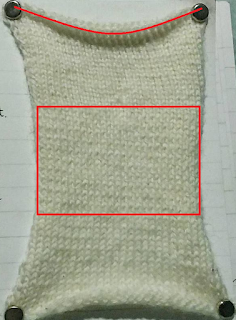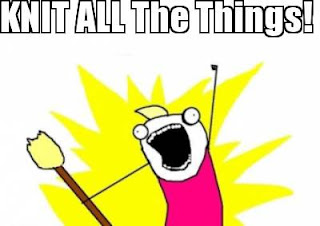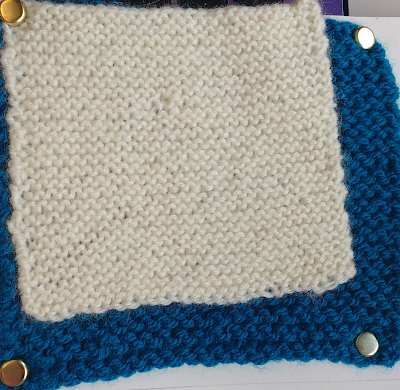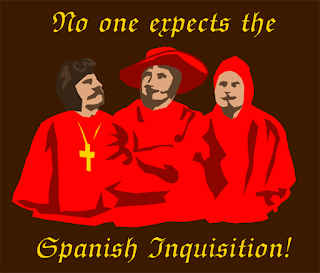Alright we've made it first post good work. In order to knit we'll need some fairly obvious things. Our chief weapon is surprise...surprise and fear...fear and surprise.... Our two weapons are fear and surprise...and ruthless efficiency.... Our *three* weapons are fear, surprise, and ruthless efficiency...and an almost fanatical devotion to the Pope.... Our *four*...no... *Amongst* our weapons.... Amongst our weaponry...are such elements as fear, surprise.... I'll come in again.
Things To buy:
You'll need a few things if you want to knit along so I thought I'd make a nice easy list first things are things you need to buy. I know, I know money urgh spending but this is literally the bare minimum for the most basic stitches:
Knitting Needles
Some Yarn
Scissors
A Darning/Tapestry needle
Pretty short list hooray! Right so the Needles are up to you (obviously) I personally use aluminium needles because I'm a tight knitter so i need the extra slip and I tend to leave Needles on the sofa where they get sat on and bent so glass needles or ivory aren't an option, I also like the extra weight. If you're a looser knitter it may be a good idea to get bamboo needles as they tend to be more grippy as do some plastics, test them out a bit on some basic stitches to get the idea of what you prefer. Size wise I would try and go for 4.5mm-5mm size needles to start as they are a good size for DK yarn which is the most easily accessible and isn't too small or big.
Yarn again is down to personal preference, I'm a cheapo so I'll dive in bargin bins as much as possible but I also tend to try and avoid 100% acrylic yarn as it makes my hands itchy, all the swatches I'm knitting up are 4 ply on 2.5mm needles as i'm putting the physical copies into a book and the smaller swatches fit better but DK wool (aka 6 ply) and 5ply should service absolute beginners well.
Scissors, get sharp clean ones.
A Darning needle is probably the most unusual item on the list this is to weave in ends and it isn't strictly necessary but if you're doing swatches you'll want to get rid of your tails. The image below is an example but it can be made out of plastic, blunt ones are better for knitting.
Things to learn:
I'm going to link to videos here as it's the real basics and its easier to convey as videos there are plenty of videos of this stuff. You'll need to know how to do only six things for the first swatches so it's easy enough to learn, you need to be able to:
Casting on for those of you who are tighter knitters I would suggest long tail or thumb as it makes a looser edge and for looser knitters German twisted is pretty and sturdy. With casting off looser or regular knitters should be fine with plain old chain, tighter knitters will prefer the surprisingly stretchy cast off (I know I do) you do have to learn how to yarn over but that is covered in the video.
Weaving in the ends may be easy or difficult depending on the pattern the video goes over the proper technique but as long as you cant see the yarn in the end it doesnt matter too much, remember to leave enough yarn when casting on/off.
Other useful Stuff:
There are some other things that will make knitting a lot easier in terms of RSI and keeping track of rows here are my suggestions,
For row tracking either get out your phone and use a notepad app and write down either the row you just started or the row you just finished, as long as you're consistent it doesn't matter you'll never be lost in a pattern, eventually you learn to "read" your knitting so it wont be as necessary (telling stitches apart by looks basically but its basically a skill you develop via knitting a lot)but its a lifesaver on larger projects too a pen and paper can do the same job just don't lose it! A phone also lets you look at a pattern if it's complex but again you can print it out or write it out either is fine.
A Crochet hook is useful for picking up dropped stitches and weaving in your ends. Try and use one smaller than your knitting needles if you are only using them for this.
Some sort of bag to put your knitting stuff in is pretty essential if you're going to have more than one ball of wool it makes it firstly mobile so you can take it on the bus/to the beach/ out of your house secondly keeps it off the dirty floor (I live in a student house the floor is gross no matter what) and thirdly means you wont loose small stuff like needles. A tightly woven canvas bag is good as the needles are less likely to puncture it and you can chuck it in the wash occasionally and get rid of the lint in the bottom. This is my bag (although mine is grubbier after years of use).

It would also probably be prudent for me to post a link to the books this whole project is based off here, there are 4, I currently have access to 3 I need to buy the third book still but books 1 and two should serve me well for a long time yet. They are all by Barbara G. Walker they are very old book but they are a very complete list of all knitting stitches they are however in black and white hence me attempting to do a colour copy of all the stitches. Plus I want to have physical copies of all of them as texture is important in knitting. In Order the books are:
A Treasury of Knitting Patterns
A Second Treasury of Knitting Patterns
Charted Knitting Designs
A Fourth Treasury of Knitting Patterns
I tend to watch or listen to videos/ netflix/ radio/ podcasts whilst knitting to keep my brain active, after a while knitting happens on autopilot so having things on in the background is nice. Nothing can beat a nice cuppa whilst knitting and watching the latest episode of a game of thrones. Knitting is relaxing find where you like to do it and go! :)
That is the absolute basics covered next post will be abbreviations and then onto swatches!
If you've never knit before i would 100% recommend practising see if you can do a simple square or two.
 Now I know very little about Quakers other than this dude who fuels my morning porridge is one (as far as i know he's a random man dressed like a Quaker) this is likely because the number of Quakers in the UK is 17,000 or around 0.0003% of the population, my odds of meeting one are pretty low. Maybe some of you amur'cans know a little more (yes I see you! I have the power of the almighty stats page!) Whomever they are and whatever they are like the Quakers have got one thing going for them:
Now I know very little about Quakers other than this dude who fuels my morning porridge is one (as far as i know he's a random man dressed like a Quaker) this is likely because the number of Quakers in the UK is 17,000 or around 0.0003% of the population, my odds of meeting one are pretty low. Maybe some of you amur'cans know a little more (yes I see you! I have the power of the almighty stats page!) Whomever they are and whatever they are like the Quakers have got one thing going for them:




















